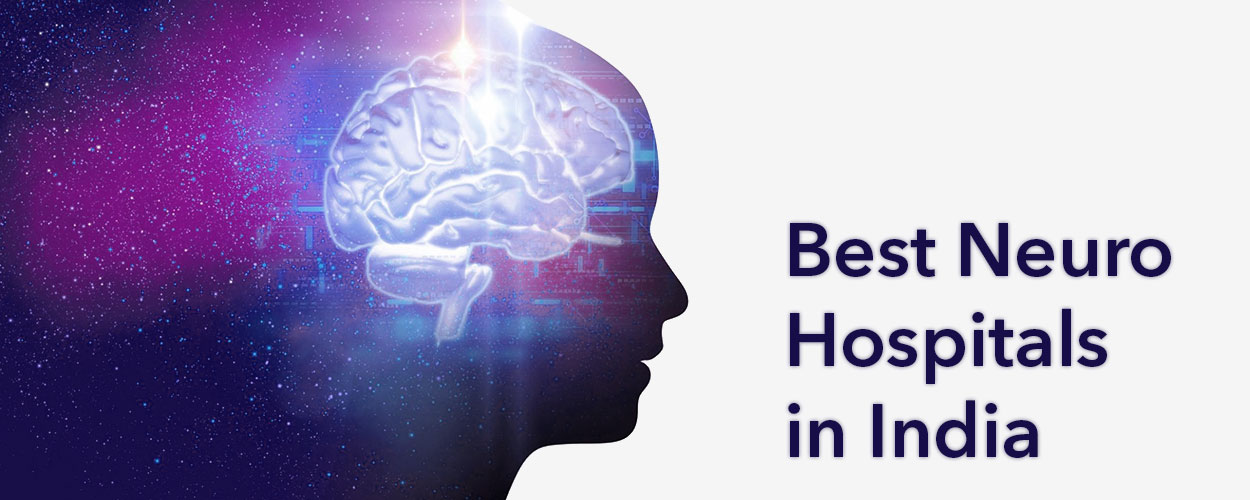The Treatment
- The kind, size, and location of the AVM, the likelihood that it may rupture, its symptoms, age, and general health all affect the available treatments.
- Reduced or total eradication of bleeding is the aim of treatment.
- The risk of complications and mortality during surgery on the brain and spinal cord is very significant.
- There are no perfect decision-making tools for every circumstance because every person and their AVM are different.
- On the other hand, the best way to prevent serious issues is typically to get treatment for an arteriovenous malformation as soon as feasible.
The following strategies could be utilized, either alone or in combination:
Embolization:
This procedure involves inserting a catheter into an artery in the groin and guiding it to the AVM. Once inside, a substance—coils, glue-like material, or something else—is released, slowing or blocking blood flow through the AVM. This technique is employed when the AVMs are large and have substantial blood flow through them. They can be removed more swiftly and with less risk of bleeding if surgery is done soon after. If surgery is delayed, embolization may be able to decrease rupture and restrict blood flow.
Linked with surgery as a treatment.
Radiosurgery with a gamma knife:
Using highly focused radiation beams, this technique shrinks, scars, and dissolves an AVM over several years or prepares it for surgical removal.
Linked with surgery as a treatment.
AVM is removed with surgery:
AVMs are removed surgically by making a small incision close to the AVM, sealing the arteries and veins around it to stop any bleeding, and then removing the AVM. Blood is diverted towards healthy blood vessels. Surgery is a viable and the most promising option for treating this issue.
The most popular form of treatment for brain AVMs is surgery. Three surgical procedures are available to treat AVMs:
- Removal (resection) through surgery– The surgical excision of the AVM via standard brain surgery may be advised if the brain AVM has bled or is in a region that may be easily accessible. In this procedure, the neurosurgeon temporarily removes a portion of your skull to access the AVM.
- Vascular endoscopy– In this surgery, the doctor uses X-ray imaging to guide a long, thin tube (catheter) through blood arteries in the leg and into the brain.
- SRS, or stereotactic radiosurgery- To eliminate the AVM, this procedure uses radiation that is carefully focused. Given that there is no incision, it is not surgery in the traditional sense.
Spetzler-Martin grade IV or V AVMs can be treated utilizing a mixed multimodal strategy that combines surgery, radiosurgery, and/or embolization. Due to the significant procedural risk, these AVMs are frequently not amenable to surgical therapy alone.


